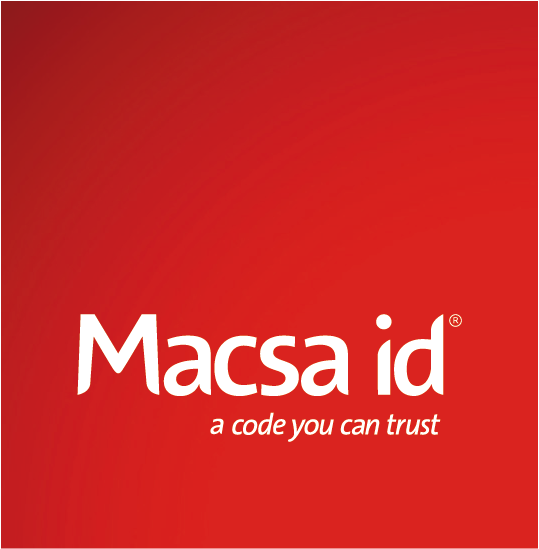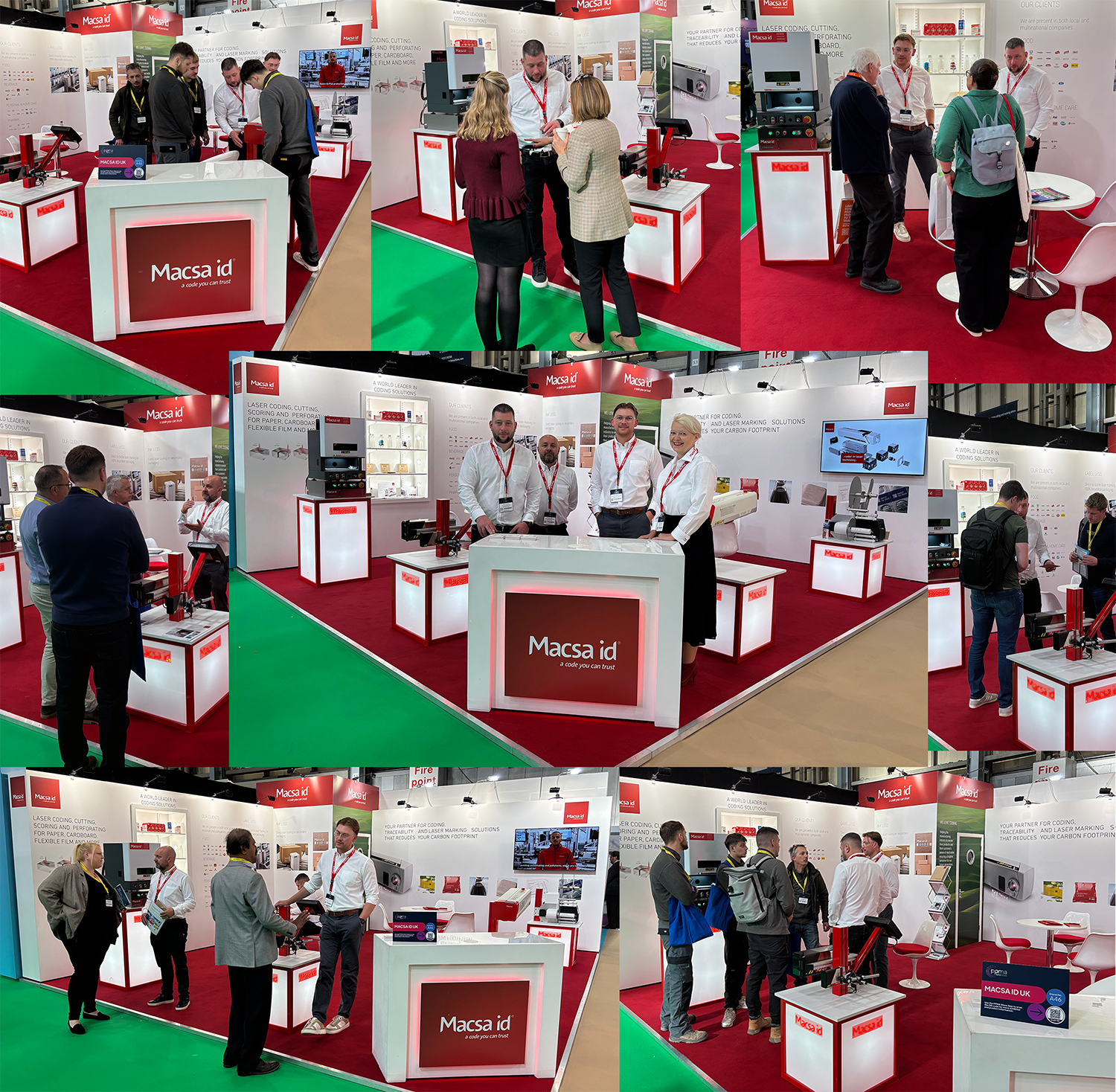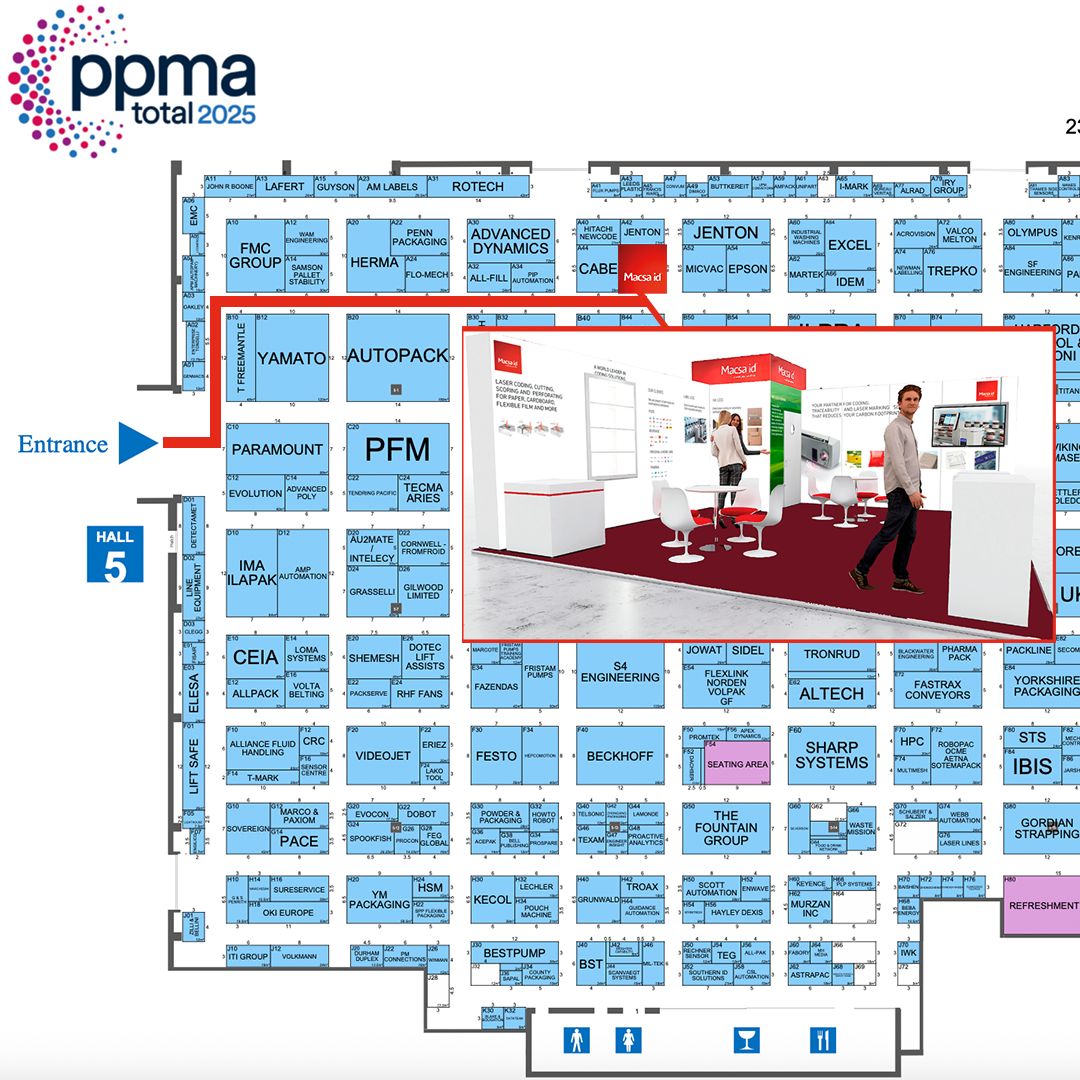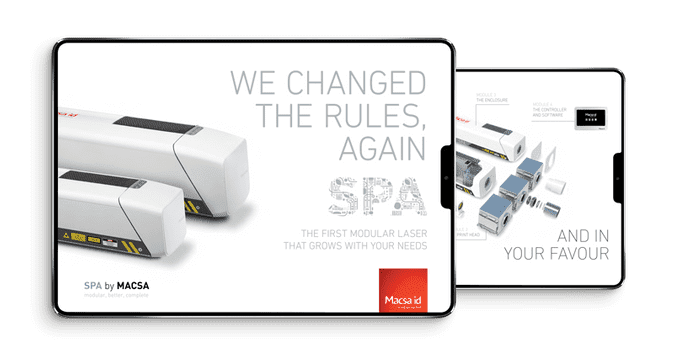
Lean Manufacturing and coding
Since 1988, when John Krafcik published the article ” Triumph of the Lean Production system “ in the MIT Sloan Management Review, production systems based on waste minimization to reduce costs, maximize efficiency and add value at every stage of the production process have become established in many organizations and industries.
Today the semantic context of this idea has also been extended to respect for the environment, as Jon Iker Legarreta defends, seeking “to gradually reduce waste based on structure alteration, modifying or introducing new processes, developing tool-techniques such as SMED or Just In Time (JIT) and new routines (six sigma, total productive maintenance-TPM or poka-yoke).”
Throughout this article we will address how lean processes improve the possibilities offered by new coding techniques in an Industry 4.0 environment.
Index
- What is Lean Manufacturing?
- Principles of Lean Manufacturing
- Types of waste and how coding can help
- Transportation
- Excess inventory
- Unnecessary movements
- Waiting
- Overproduction
- Overprocessing
- Defects
- Unused talent
- Concepts and processes Lean is based on
- Conclusion
What is Lean Manufacturing?
The publication of “The Machine that Changed the World” in 1990, a five-year study by the Massachusetts Institute of Technology that detailed the Japanese Toyota brand production system and extended the concept advanced by Krafcik (also an MIT engineer) by addressing the future of cars, popularized the term Lean in the Western world.
At the time, Toyota was only half the size of General Motors, the American car manufacturer. A few years later, the Japanese brand became the world leader and the most successful global company in the last fifty years.
Many manufacturing companies soon implemented systems based on Lean Manufacturing. Over time, it was also successfully applied to service, software and healthcare companies, among others.
Lean Manufacturing is essentially a work organization method focused on continuous improvement and production optimization via the elimination of waste and other activities that do not enhance the process. The objective is to use only the essential resources and, by eliminating waste, quality is improved and manufacturing time and costs are reduced.
Want to know more about Lean Manufacturing?
Principles of Lean Manufacturing
When done correctly, the Lean process can create major improvements in cycle time, material and waste costs, productivity, and efficiency. This has a direct impact on cost reduction and improved competitiveness.
According to the Lean Enterprise Institute4 the Lean process involves five key steps:
- Specify Value: this is always defined according to the customer needs for each specific product or service. What is the value to the customer and how much is the customer willing to pay? Waste and process costs must be eliminated so that the optimum price is achieved with the greatest benefit to the company.
- Map the Value Stream: the second stage is to establish all the steps and processes involved in the production of a specific product (from raw materials to delivery of the final product to the customer, taking into account concepts such as design, production, purchasing, human resources, etc.). The objective is to identify which steps or actions do not create value and eliminate them, while gaining a better understanding of how the company operates.
- Create Flow: once the waste has been eliminated from the value stream we must ensure that the remaining steps occur without interruptions, delays or bottlenecks.
- Establish Pull: With flow optimization, the time to market is drastically improved, which is the time from when a product is conceived until it reaches the hands of the consumer. The main consequence is that products can be manufactured when the customer needs them, saving storage time and, logically, money for both the manufacturer and the customer.
- Seek Perfection: The previous four points are essential. But even greater is making Lean philosophy and continuous process improvement part of the corporate culture. Lean is not a static system and requires constant improvement and the involvement of all employees.
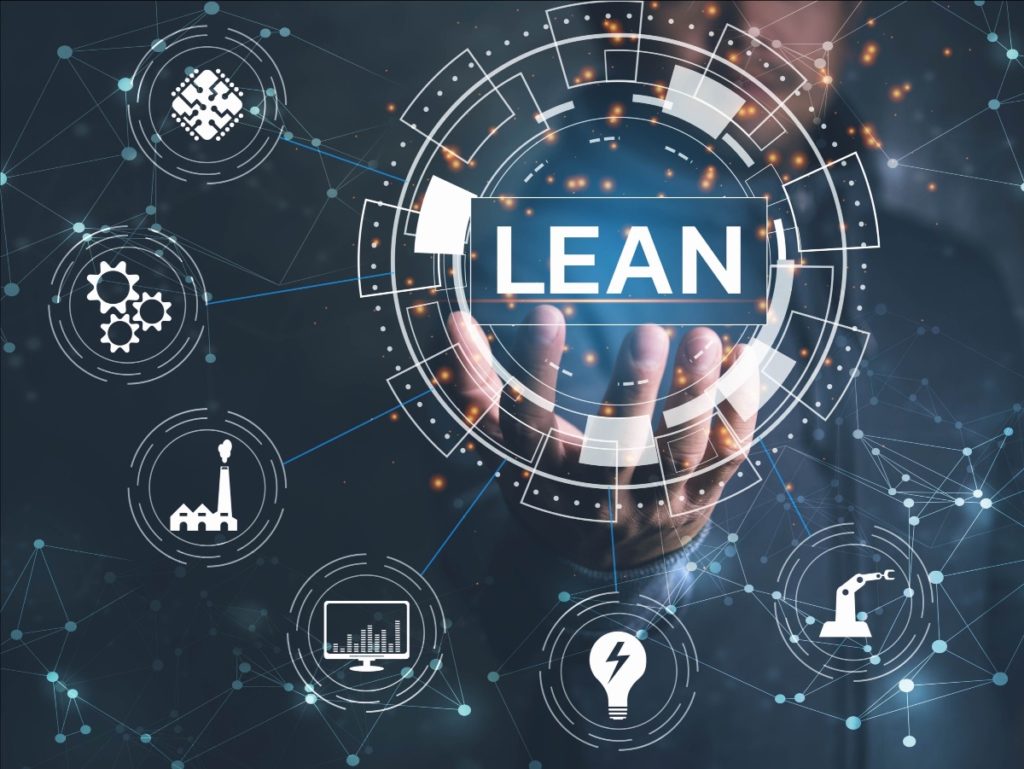
The lean process is contagious. Customers will quickly join in applying it because the improvements are obvious. Suppliers will also do the same to generate their own improvements.
Because the central idea is to focus on increasing value for the customer and to orient the entire process towards continuous improvement.
Types of waste and how coding can help
Toyota established seven types of waste that do not add value for the customer. They remain fully valid today in an environment strongly conditioned by sustainability:
- Transportation. The unnecessary movement of material or information from a warehouse to a process or from one process to another does not add value to the product and is wasteful in terms of labor hours, materials, equipment and storage space. In terms of sustainability, it means extra environmental emissions due to unnecessary energy and fuel consumption. A proper coding and marking system and the automation enabled by Industry 4.0 not only eliminates transportation caused by human error but also caused by manual processes.
- Excess inventory. Excess stock, product and materials that are not being processed (including finished product) require storage space that does not generate value for the end customer. In addition, excess inventory is associated with a lack of control because it often relies on a single person (the one who really knows what there is and where it is) who can cause unnecessary delays when absent. Excess inventory implies the use of more energy for cooling, heating, or lighting, extra packaging for finished products, etc. The coding of goods and stock in the warehouse (e.g. by bar coding) allows them to be uniquely identified while maintaining and being able to strictly maintain only the level of inventory that is necessary.
Warehouse management systems (WMS) such as Macsa ID’s Integra Warehouse allow you to manage both raw materials and finished products. The system ensures efficient control of all processes generated in the warehouse.

- Unnecessary movement. This waste refers to the extra movement of employees and equipment due to inefficiencies in: the process lay-out, reprocessing, overproduction, mismatched inventory, overproduction, moving from one machine to another to change information, reconfiguring printers and manual processes. This also results in additional packaging for the protection of the material being moved. Here again, the new coding and traceability systems and the environments generated by the IIOT make it possible to automate most processes, reduce manual intervention to a minimum and avoid having to be present at each stage of the process.
- Waiting. For information, an approval, a material needed for production that has run out, a faulty piece of equipment that has stopped working, a change of series, etc. Waiting in an industrial process can be very expensive for the company and for customers. Some techniques such as Total Productive Maintenance, SMED, Kanban and a better lay-out in the arrangement of workstations allow for a minimization in waiting times. In addition, avoiding manual processes and minimizing the risk of human error through software that automates coding are essential in modern industrial processes.
- Overproduction. Producing more than is necessary, or earlier than necessary, or even continuing to produce when production should have stopped. Immediate consequences are the use of unnecessary raw materials and energy, obsolescence of surplus products that require recycling or elimination and extra emissions.
Pull systems where we produce according to customer demand are usually a good measure to avoid such waste, achieving a lean production (Just in Time).
- Over processing. This refers to doing more work than necessary to produce a product or service. Generating more information than necessary, long and complicated approval circuits, duplication of activities, and so on. In many cases this waste is difficult to identify and ends up being routine, but nonetheless, it involves energy consumption and emissions. We must ask ourselves, at each stage of the process, what value it adds from the customer point of view. Here again, automating coding and eliminating manual processes simplifies production processes and helps to eradicate over-processing.
- Defects. Any defect in the product leads to an additional workload that needs to be remedied and, as in the previous cases, unnecessary consumption of raw materials and energy. In addition, if the defect reaches the customer, it can also lead to strong customer dissatisfaction.
- Unused talent: Failure to harness people’s talent and creativity results in wasted time, ideas, skills and learning opportunities, while performance is reduced due to lack of employee motivation.

Concepts and processes lean is based on
- Heijunka: is based on optimizing the use of available human resources and reducing waste through standardizing work. It allows cushioning variations in commercial demand by producing several different models on the same production line in small batches. With this system, products are produced directly according to customer requirements. The order book for a given period is smoothed so that the same quantity and the same product mix can be produced every day.
- Kanban: is an information system that harmoniously controls necessary product manufacture in the quantity and time required for each of the processes that take place both within the factory and between different companies.
- Jidoka: allows machines and humans to have the ability to detect an anomaly and stop work until it can be corrected.
- Andon: is a system used to visually alert problems in a production process (e.g. with a flashing light).
- Poka-yoke: is a method implemented in companies with the objective of preventing and reducing errors in the processes of generating products or services.
- 5S: is a set of practices for organizing work spaces to create efficient, effective and safe areas for workers and to avoid wasting time and effort.
Would you like more information?
Conclusion
Coding, marking and traceability can play a key role in minimizing waste and advancing the implementation of carbon neutral manufacturing. With Industry 4.0 and coding automation, manual processes are eliminated and progress is made in creating batch, product and date codes based on production orders and eliminating errors and inefficiency.
If you would like to find out how the new marking, coding and traceability systems can help your production process, do not hesitate to contact our specialists. We will get back to you in less than 24 working hours.
Macsa ID will be happy to find the marking, coding and traceability solution that best suits your needs.
